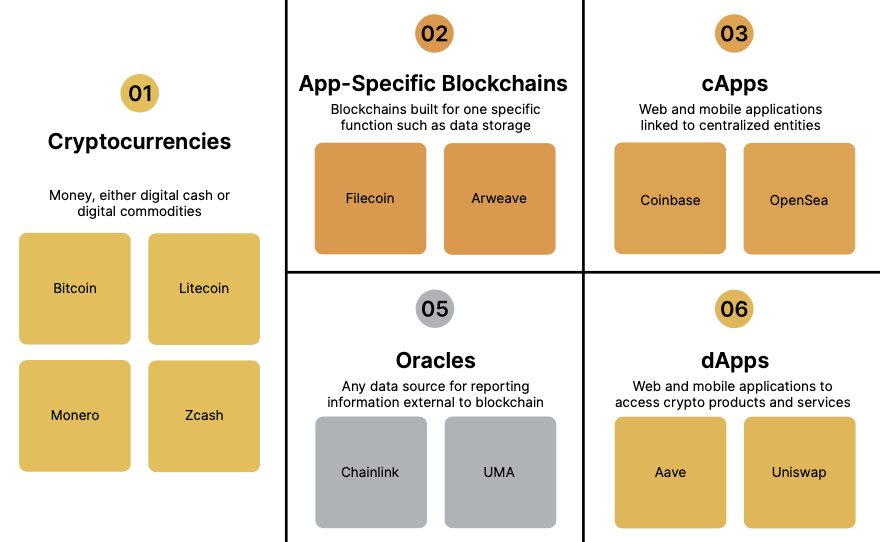[the_ad id="1637"]
[ad_1]
Major cryptocurrency data aggregator CoinGecko and crypto investment firm 21Shares have joined forces to launch a global standard for classifying various types of cryptocurrencies.
On Feb. 8, CoinGecko and 21Shares released The Global Crypto Classification Standard report, proposing a uniform method to categorize crypto assets. The effort aims to help investors and regulators better understand the specifics of each asset class in crypto, including potential failures like those seen by the industry in 2022.
“Since Bitcoin’s inception around 13 years ago, thousands of unique crypto assets and protocols have emerged, each with unique characteristics and different value propositions,” Carlos Gonzalez, research analyst at 21Shares’ parent firm 21.co, told Cointelegraph, adding:
“Unlike traditional financial assets, cryptoassets can vary dramatically in nature, both as it relates to the asset itself and the protocol behind it.”
At the time of writing, there are more than 12,000 diverse crypto assets listed on CoinGecko’s website, with each coin having its unique characteristics and features. CoinGecko and 21Shares’ classification standard is based on three categorization levels, differentiating these thousands of assets by stack, market sectors, industries and taxonomy.
The first level, dubbed “Crypto Stack,” breaks down crypto assets into classes like cryptocurrencies, smart contract platforms, centralized applications, decentralized applications, interoperability blockchains and others. The methodology only refers to networks or protocols in the first two levels instead of the underlying token.
The second level, called “Market Mapping by Sectors and Industries,” further divides cryptocurrencies by segments like infrastructure, metaverse, decentralized finance (DeFi), as well as groups like payment platform, lending, developer tooling and others. As some protocols might fit into multiple industries, the methodology attempts to place the assets in the most relevant category in such cases.
The third level, “Taxonomy of Crypto assets,” classified crypto assets according to related asset “superclass,” based on the cryptocurrency taxonomy system proposed by crypto analyst Chris Burniske in 2019. Burniske’s system follows Robert Greer’s 1997 paper “What is an Asset Class Anyway?” categorizing crypto assets across their superclasses like capital…
Click Here to Read the Full Original Article at Cointelegraph.com News…
[ad_2]
[the_ad id="1638"]
